If your darts sharpen effectively, they’ll stick better in the board, leading to higher scores and fewer frustrating bounce-outs; achieving this involves regular point maintenance, including sharpening, cleaning, and reshaping. This article will explore how to properly maintain your dart points, when and how often to sharpen them, and the best tools for the job, ultimately improving your dart game.
⚠️ Still Using Pen & Paper (or a Chalkboard)?! ⚠️
Step into the future! The Dart Counter App handles all the scoring, suggests checkouts, and tracks your stats automatically. It's easier than you think!
Try the Smart Dart Counter App FREE!Ready for an upgrade? Click above!
Why Darts Sharpen: The Importance of Point Maintenance
The point of your dart is arguably the most important part when it comes to consistent scoring. Over time, dart points become dull or burred from hitting the board and other darts. This lack of sharpness causes them to glance off the sisal fibers, leading to those dreaded bounce-outs. Properly maintained dart points ensure a cleaner entry into the board, increasing your chances of staying in the scoring zone.
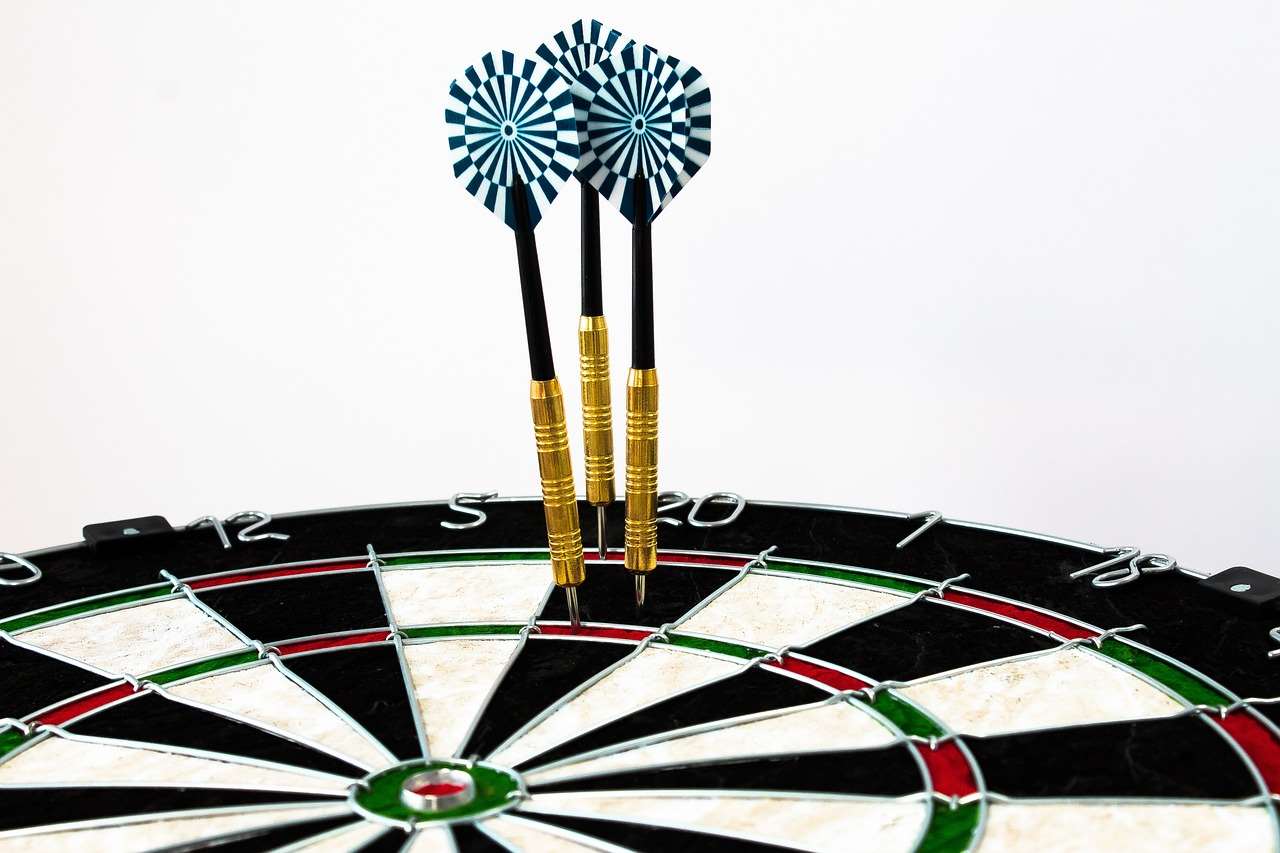
Furthermore, neglecting to sharpen darts can damage your dartboard. Dull points push and tear at the sisal fibers, shortening the board’s lifespan. Think of it as trying to cut something with a blunt knife – it’s more likely to rip and tear than make a clean cut. Regular maintenance is key to protecting your investment in your equipment and your game. You might even want to look into darts target rings to protect the wall around your board.
The Anatomy of a Dart Point
Before we delve into the “how,” let’s understand the “what.” A dart point isn’t just a simple spike. It has a profile designed to both penetrate the board and stay securely in place. The tip should be finely tapered, allowing for easy entry, while the body often features subtle barbs or grooves that grip the sisal fibers.
How to Darts Sharpen: A Step-by-Step Guide
Now for the practical part: how to darts sharpen correctly. Remember, the goal isn’t to create a razor-sharp point, but to restore the point to its original shape and remove any burrs or imperfections. Over-sharpening can actually decrease dart retention in the board.
Tools You’ll Need
- Dart Sharpener: Several types are available, from simple handheld sharpeners to more advanced models.
- Cleaning Cloth: A soft cloth for wiping down the dart points.
- Optional: Magnifying glass for close inspection.
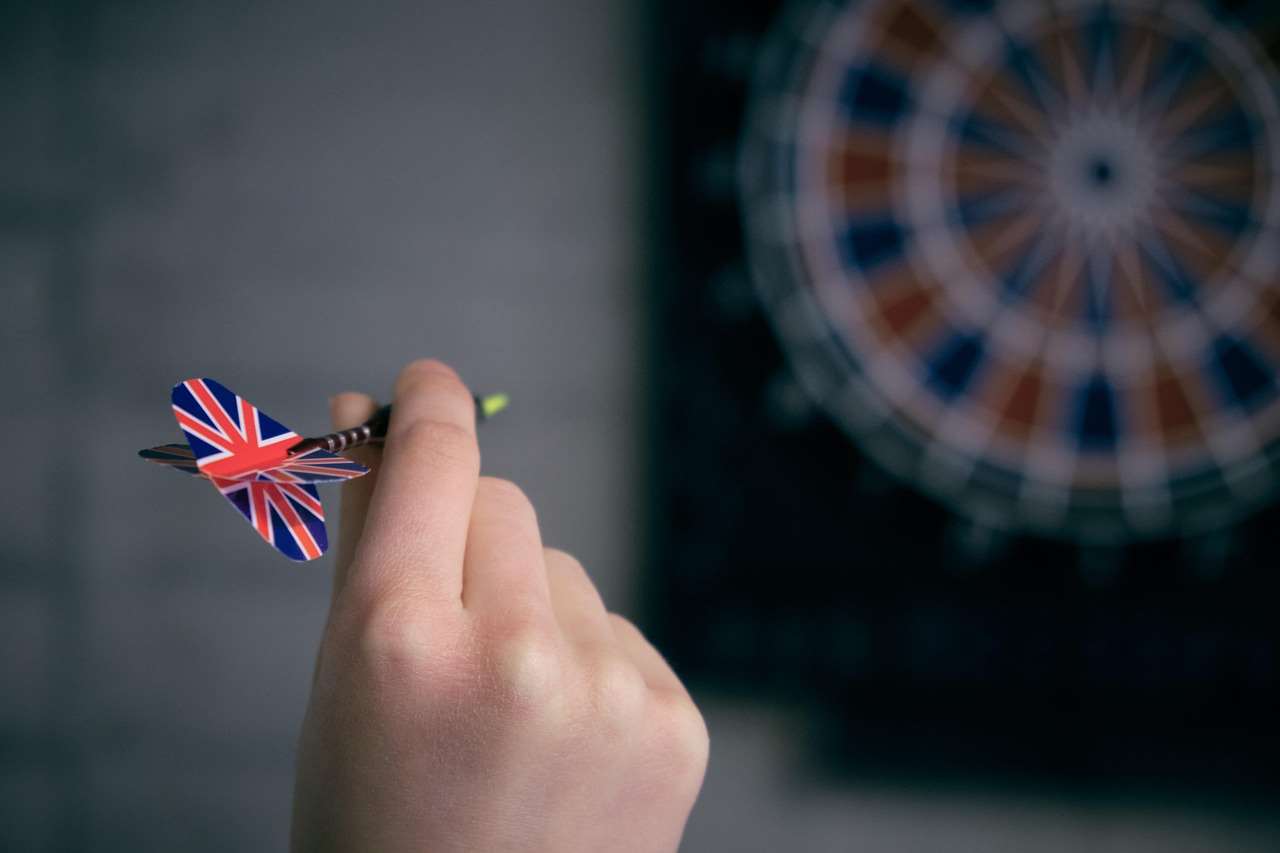
The Sharpening Process
- Inspect the Point: Use a magnifying glass (optional) to examine the point for burrs, flat spots, or excessive dullness.
- Sharpen Lightly: Using your chosen sharpener, gently rotate the dart point, applying light pressure. Avoid grinding the point down excessively. Several light passes are better than one heavy pass.
- Remove Burrs: Pay special attention to removing any burrs that might snag on the board.
- Clean the Point: Wipe the point with a clean cloth to remove any metal filings or debris.
- Test the Sharpness: Carefully run your finger across the point (away from the tip!). It should feel slightly grippy, not razor-sharp.
Choosing the Right Dart Sharpener
The market offers a variety of dart sharpeners, each with its own pros and cons. Here’s a brief overview to help you choose:
- Handheld Sharpeners: These are typically the most affordable option. They consist of a small, often cone-shaped tool with abrasive surfaces. They’re easy to use but may not provide the most consistent results.
- Diamond Sharpeners: These feature diamond-coated surfaces for more aggressive sharpening. They’re effective at removing burrs and restoring point shape quickly, but require a lighter touch to avoid over-sharpening.
- Multi-Stage Sharpeners: Some sharpeners offer multiple stages, from coarse grinding to fine polishing. These can be a good option for comprehensive point maintenance.
Consider your budget and the frequency with which you plan to sharpen darts when making your decision. Remember to consider the type of L-style darts you might be using.
How Often Should You Sharpen Darts?
There’s no one-size-fits-all answer to this question. The frequency with which you need to sharpen darts depends on several factors:
- Playing Frequency: If you play darts regularly, you’ll need to sharpen your points more often.
- Dartboard Material: Softer sisal boards may dull points more quickly than denser boards.
- Dart Point Material: Some dart point materials are more durable than others.
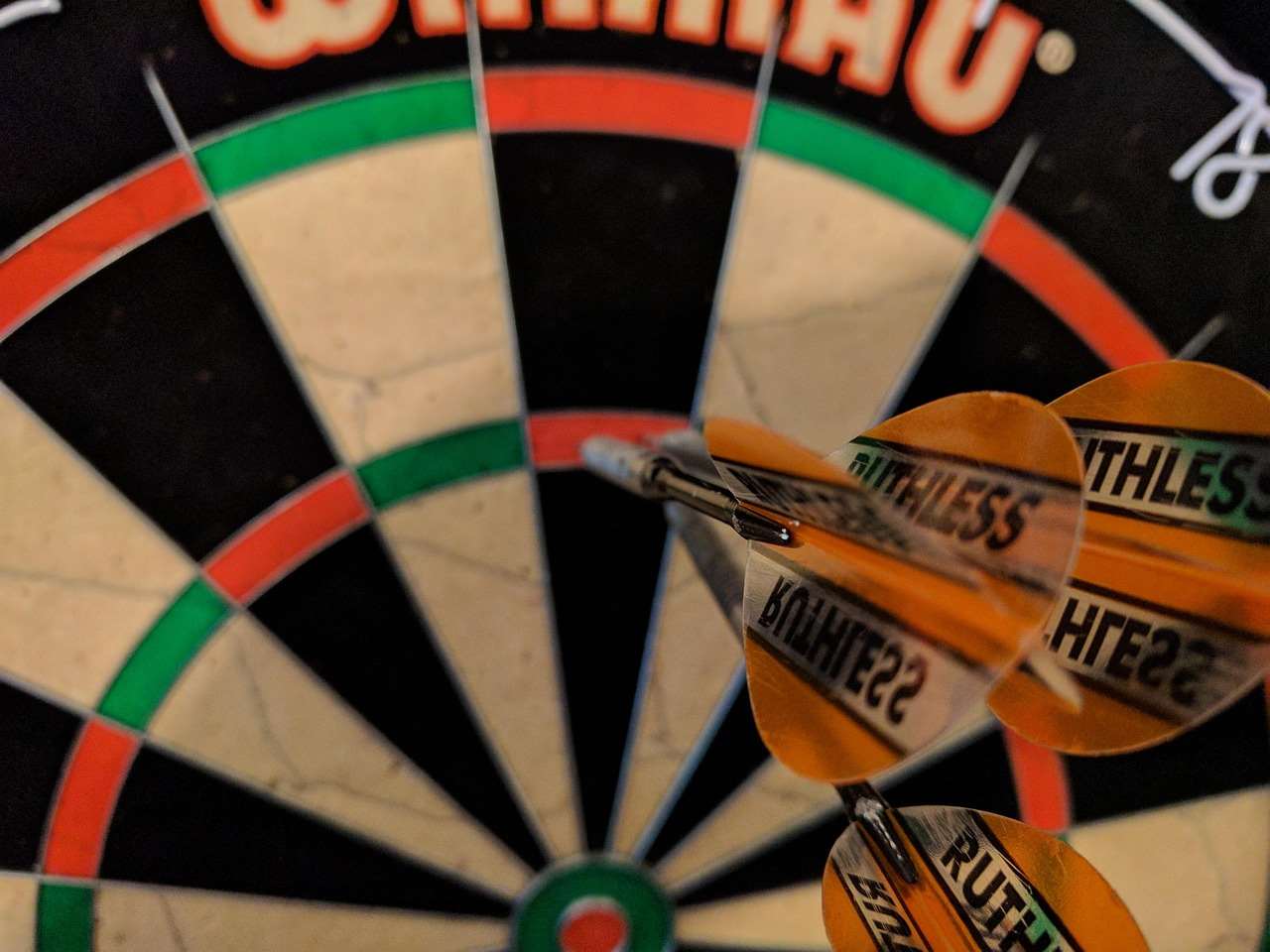
As a general guideline, inspect your dart points before each playing session and sharpen them as needed. If you notice frequent bounce-outs or see visible burrs or dullness, it’s time for a sharpening session. Neglecting point maintenance can impact your darts results x.
Beyond Sharpening: Comprehensive Dart Maintenance
Sharpening darts is just one piece of the puzzle when it comes to maintaining your equipment. A complete maintenance routine should also include:
Cleaning Your Darts
Dirt and grime can accumulate on your darts, affecting their grip and balance. Regularly clean your darts with a soft cloth and mild soap and water. Dry them thoroughly before using them.
Checking and Tightening Points
Loose dart points can wobble during flight, affecting accuracy. Periodically check that your points are securely tightened into the barrel. If necessary, use a dart point tightening tool to snug them up. Remember to check professional darts rules as they can influence your performance.
Replacing Worn Flights
Damaged or worn flights can significantly impact your dart’s trajectory. Replace your flights as soon as you notice any tears, bends, or fraying. Consider personalizing with a unique darts flight logo.
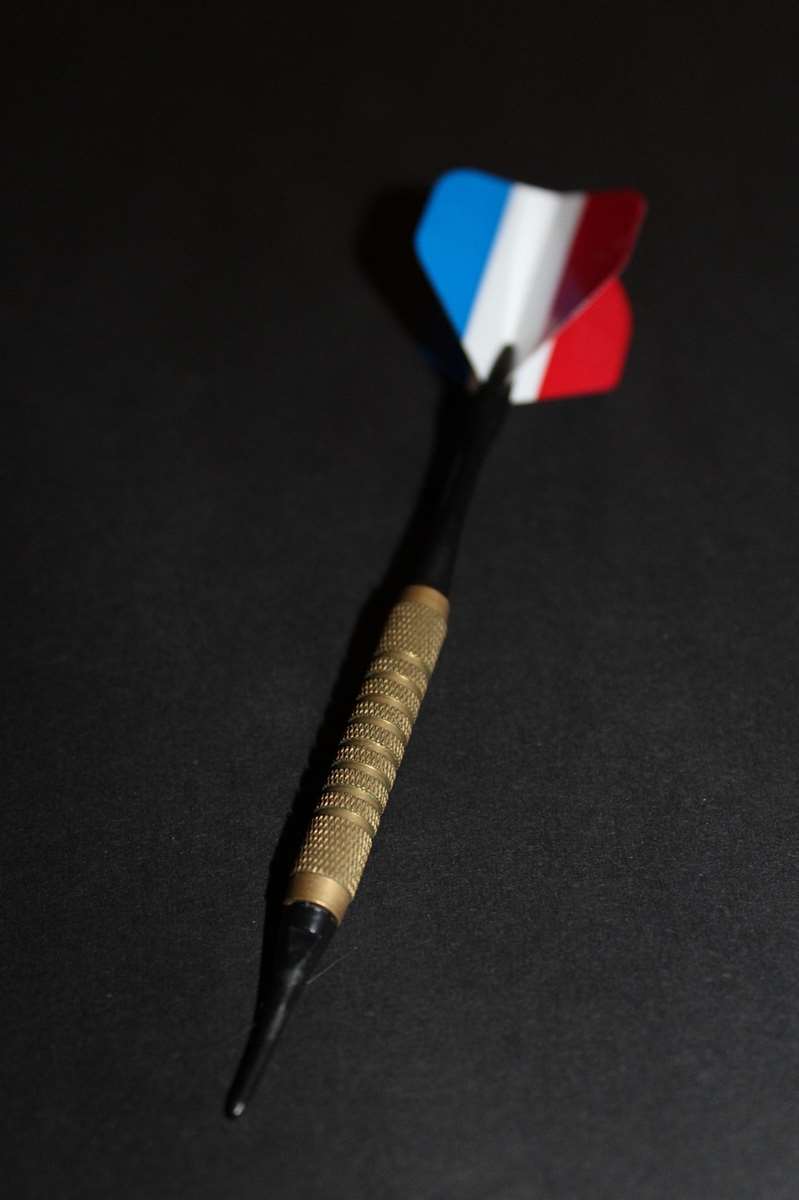
Advanced Techniques: Point Re-Profiling and Customization
For serious dart players, point maintenance can extend beyond simple sharpening. Some players choose to re-profile their dart points, modifying their shape to suit their throwing style or dartboard. This might involve creating a more aggressive taper or adding specific grooves for enhanced grip. However, proceed with caution when re-profiling, as it can be easy to damage the points if you’re not careful. Consider using a dart command line app to statistically evaluate the impact of dart point changes. Also, if you’re struggling with where to position your feet, maybe look at where the darts line four letters is.
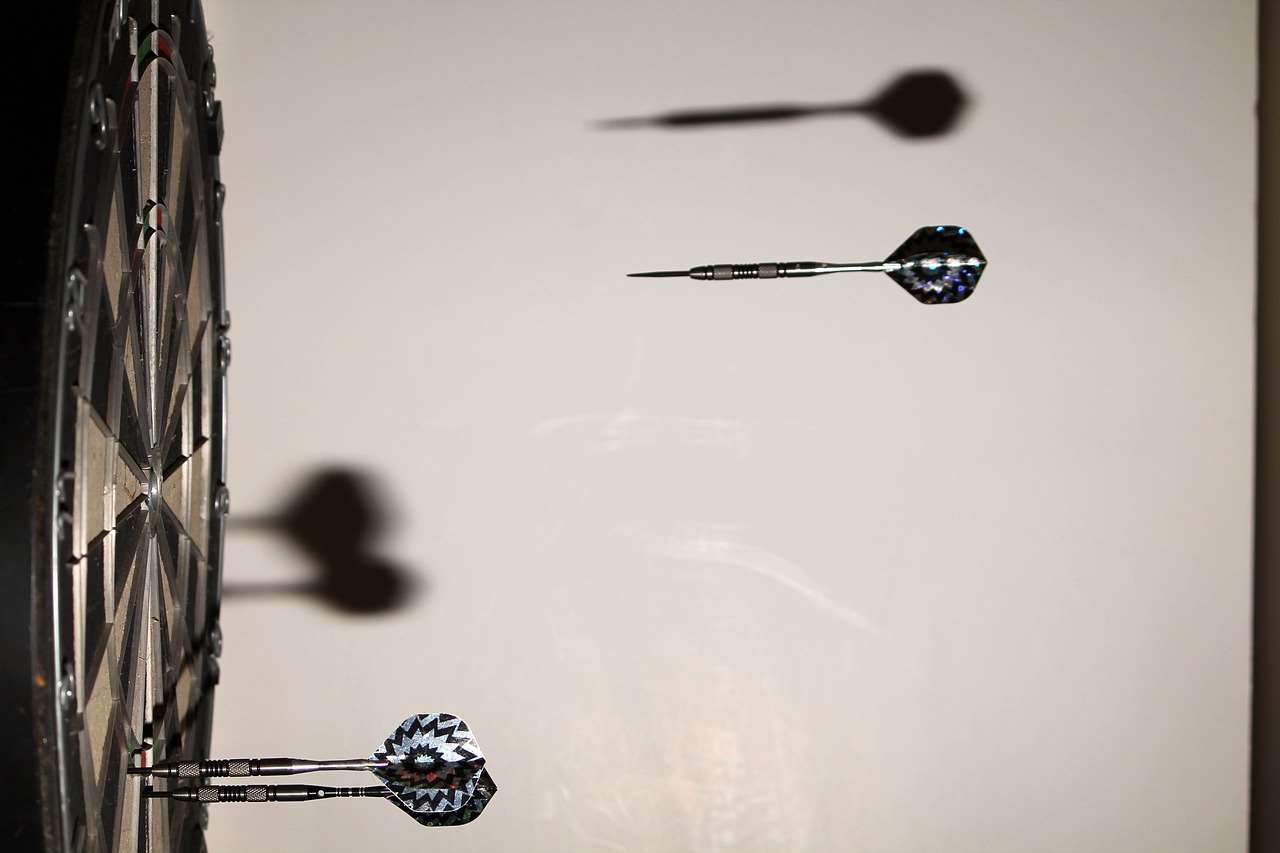
Troubleshooting Common Issues
Even with regular maintenance, you might encounter some common issues with your dart points. Here are some troubleshooting tips:
- Frequent Bounce-Outs: This could indicate dull points, a worn dartboard, or a problem with your throwing technique.
- Dart Points Breaking: This could be due to using excessive force when throwing, hitting the wire frequently, or using poor-quality dart points.
- Dart Points Coming Loose: This could be caused by loose threads on the point or in the barrel. Use a dart point tightening tool or apply a small amount of thread locker to secure the point.
Conclusion
Mastering the art of darts sharpen and point maintenance is essential for any dart player looking to improve their game and prolong the life of their equipment. By understanding the importance of point sharpness, following the correct sharpening techniques, and maintaining a comprehensive dart care routine, you’ll be well on your way to achieving higher scores and enjoying a more consistent and rewarding dart-playing experience. Take action now: inspect your darts, sharpen darts where necessary, and start enjoying the benefits of well-maintained equipment.
Hi, I’m Dieter, and I created Dartcounter (Dartcounterapp.com). My motivation wasn’t being a darts expert – quite the opposite! When I first started playing, I loved the game but found keeping accurate scores and tracking stats difficult and distracting.
I figured I couldn’t be the only one struggling with this. So, I decided to build a solution: an easy-to-use application that everyone, no matter their experience level, could use to manage scoring effortlessly.
My goal for Dartcounter was simple: let the app handle the numbers – the scoring, the averages, the stats, even checkout suggestions – so players could focus purely on their throw and enjoying the game. It began as a way to solve my own beginner’s problem, and I’m thrilled it has grown into a helpful tool for the wider darts community.